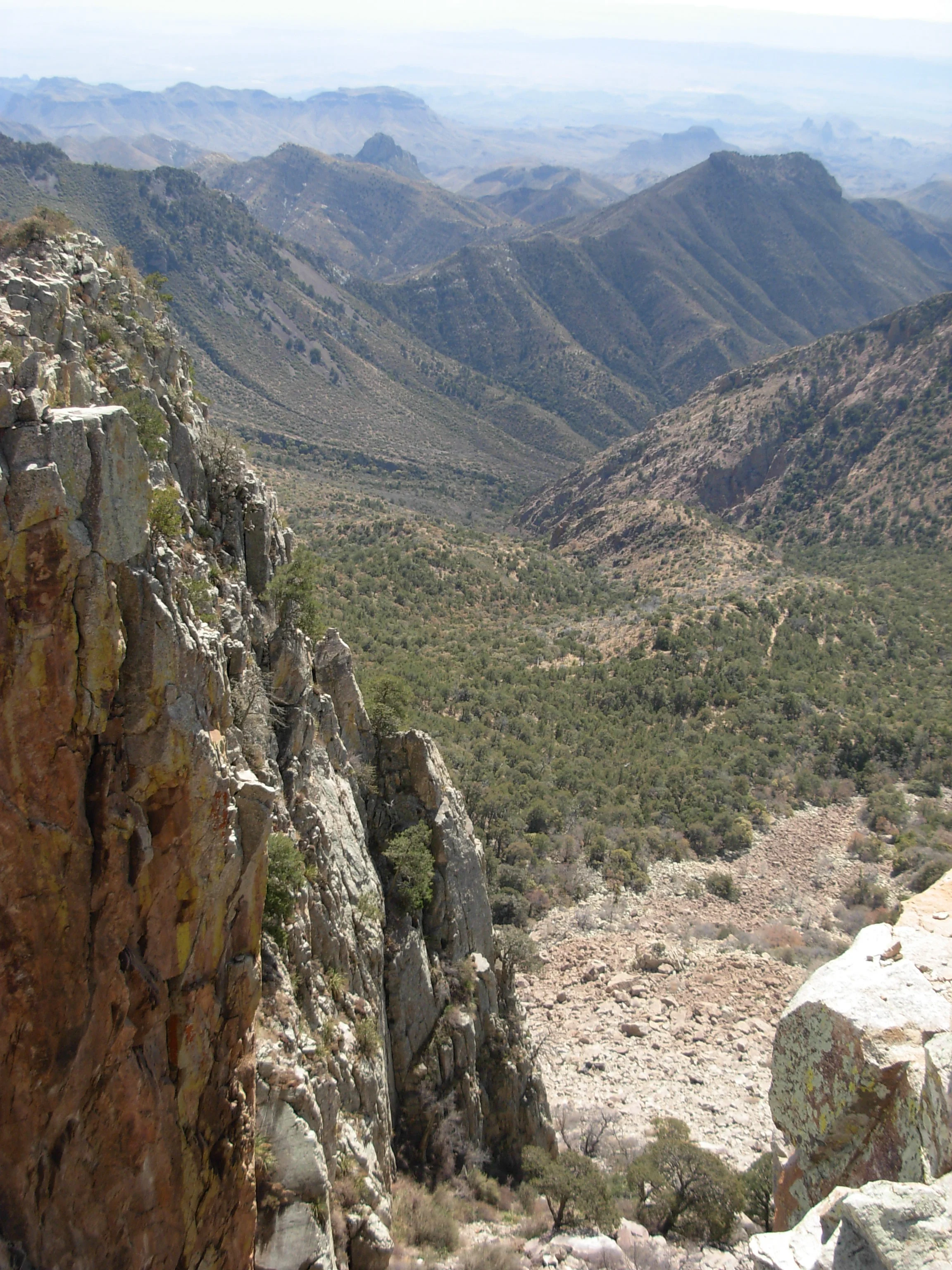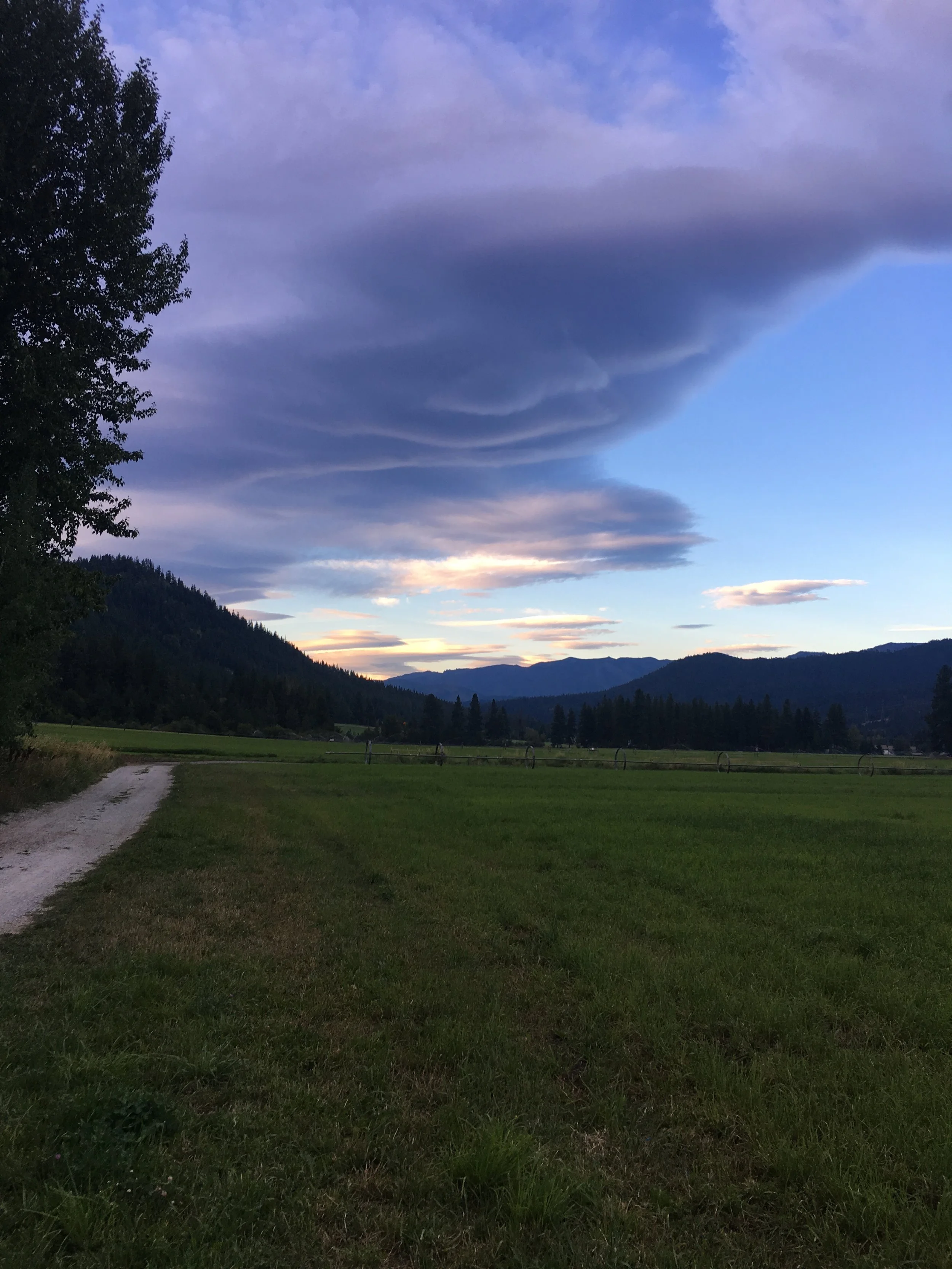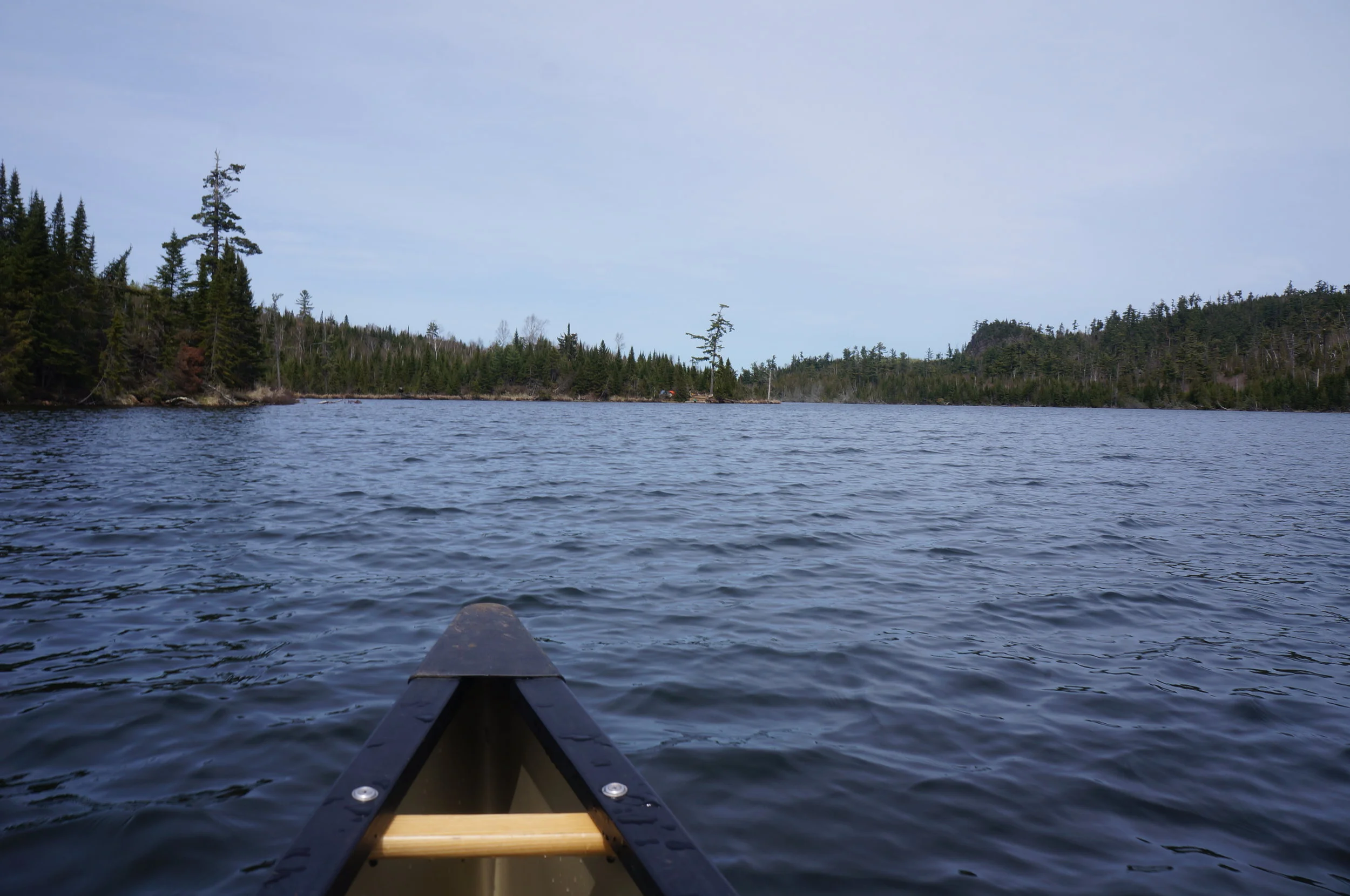The Start of the Pursuit
To begin most posts, I will clarify what level of knowledge that I currently have on the subject that I am about to cover. I plan on calling this the Novice's Knowledge. In doing this it is my intention to portray my current level of knowledge and to make it transparent that I am learning as I go through this process. I aim for this small section to also address any driving assumptions that I may be challenging. So here we go...
Novice’s Knowledge: Public land only exist in abundance out West. Public land exists primarily in the form of National Parks and National Forests (side note – what the hell is the difference?) and each access point for recreation opportunities usually has a ranger station of some sort to offer guidance to those looking to recreate on the landscape.
---
How does a pursuit begin; be it for elk, wild running rivers, a remote trail to a mountain peak; except for knowing where to look for a place to legally access land for your desired pursuit? This concept is simple from the perspective of property ownership. As much as we all know how great a nice cold pool would feel on a steamy August afternoon, it is equally as obvious that you can’t just hop the fence into your neighbor’s yard to cool down in their pool without first obtaining permission. It comes down to ownership and permission. Growing up a private land hunter, this came in the form of gaining permission from a landowner to hunt their land. As a backpacker, I tended to zero in on big name National Parks because it seemed very obvious to me that everyone was a welcomed guest at a National Park… I just never really understood why.
What I failed to grasp for so many years is exactly how many recreation opportunities are available as an American citizen if you understand how the public land system works. This is land that is held in legal trust by the federal government for the American people. This means that citizens own the land and have right to access the land, but fund and permit the federal government to care and maintain the land. The types of care and maintenance are often dependent on what public agencies manage that particular land (more to come on this). Recreation opportunities can vary on a spectrum from nearly-do-anything-you-want (nearly) to controlled and permitted access land management practices. The key is understanding what each agency oversees, what opportunities the land has for recreation and any sort of permissions may be required to pursue that recreation.
Below is a summary of the various federal groups that are involved with the management of our public lands. Never lose sight of the fact that these groups are land managers and stewards. The agencies hold no ownership over the land (again, the whole American people own it detail). However, they are the local experts that keep the land healthy and accessible for the American people.
Let’s start high level. All public land in the United States is managed and maintained by two federal departments – the Department of Interior and the United States Department of Agriculture. Each department has numerous agencies working for the respective departments. These agencies are charged with the maintenance and management of the land. The Interior oversees approximately 75% of all public lands through its various agencies. The United States Department of Agriculture holds the other, roughly, 25% of public lands as a part of the United States Forest Service which oversees all National Forests and Grasslands (remember my Parks vs. Forest question?). Of the agencies that manage the various parcels of public land, four of them account for about 94% of all public land management based on area. These four agencies are the Forest Service, Bureau of Land Management, Fish and Wildlife Service and the National Park Service. The other 6% of public land is split amongst a few other Interior agencies – Bureau of Indian Affairs, Bureau of Reclamation – and the Department of Defense (which can take control of land for military/defense use with certain approvals).
Each agency manages its land with a specific vision in mind. Let’s look into each agency, focusing on the four big hitters for the sake of this post, their vision for land management practices and what that means to us for recreation purposes.
Bureau of Land Management - Website Link
When you think of the Bureau of Land Management (BLM), think multi-use. The BLM promotes its mission as:
“...managing public lands for a variety of uses such as energy development, livestock grazing, recreation, and timber harvesting while ensuring natural, cultural, and historic resources are maintained for present and future use.”
Sounds ambiguous and loose to interpretation to me; however, I believe that this is done on purpose. BLM land has the most recreation opportunities on it given that one-tenth of the nation’s surface area is managed by the BLM. But this comes along with multiple other potential users such as oil/mineral extraction and grazing on top of your “normal” recreating activities. I experienced some of the most spectacular night skies and terrain on BLM managed land in Utah. You just had to be careful when driving on the roads; as thousands of head of freely grazing cattle roamed those lands and cost a pretty penny to the rancher should you injure or kill one of them with your vehicle!
While BLM managed land is spotty at Mississippi River bordering states and further east, opportunities still exist in nearly every state to access BLM managed land. Recreation opportunities on BLM managed land is extremely abundant and available to all but will generally require more of a DIY approach and a willingness to interact with other users of the land.
United States National Park Service - Website Link
The National Park Service (NPS) oversees the land and monuments that nearly everyone thinks of when they hear ‘American public land.’ Their mission is to:
“… preserve[s] unimpaired the natural and cultural resources and values of the National Park System for the enjoyment, education, and inspiration of this and future generations. The Park Service cooperates with partners to extend the benefits of natural and cultural resource conservation and outdoor recreation throughout this country and the world.”
My interpretation of the NPS’ mission is to maximize the public exposure to its land/monuments to maintain and promote the cultural and natural wonders of the United States to its citizens. Due to its mission, you’re almost guaranteed to see crowds, well maintained trails/paths and warm welcome centers at any NPS site. They are set up to host and cater to visitors. Their managed lands are found in every state and include national parks, monuments, battlefields, military parks, historical parks, historic sites, lakeshores, seashores, recreation areas, scenic rivers and trails and (maybe surprisingly) the White House.
With this mission and the huge number of visitors to their sites there are many more rules and regulations for recreating on NPS managed land. Often, you’ll need permits, or pay to access (it takes more funds to keep these locations running) and you will generally be a part of a throng of visitors. The positive in this mission is that the parks are very structured and it’s an incredibly easy way to introduce someone to recreation opportunities on publicly owned land.
National Parks (getting back to the Parks vs. Forest question), generally meet the following four criteria:
Outstanding example of a particular type of resource
Possesses exceptional value or quality in illustrating or interpreting the natural or cultural themes of our Nation’s heritage
Offers superlative opportunities for recreation, for public use and enjoyment, or for scientific study.
Retains a high degree of integrity as a true, accurate, and relatively unspoiled example of the resource
In summary, land managed by the NPS can be found in all 50 states of the nation. Recreation on NPS managed land is extremely easy and readily available, but there will be much more structure and limitations with regards to types of recreation allowed compared to BLM managed land.
Fish and Wildlife Service - Website Link
The U.S. Fish & Wildlife Service (FWS) manages land primarily for the capability of leading efforts in fish, wildlife, and ecosystem conservation. From their website:
“The mission of the U.S. Fish and Wildlife Service is working with others to conserve, protect, and enhance fish, wildlife, plants, and their habitats for the continuing benefit of the American people.”
For the sake of staying high level, know that most wildlife management is driven down to a state level (i.e. states set their own hunting quotas and regulations). There are exceptions to this and that’s where the FWS steps in. Think about the numerous species of migratory birds that cross state lines multiple times per year on their migration routes. Because of the efforts of the FWS, those birds can have properly managed land all along their migration route, something that would prove difficult if each state’s wildlife management agencies had to work together to provide. Additionally, the FWS will oversee the management of endangered species and only when the species has proven recovery will they turn the wildlife management responsibilities over to the state.
It should be noted that due to their mission, much of the FWS managed land is on non-federal lands; meaning that outright access and public ownership gets a little muddy here. Overall, free recreating opportunities on FWS land is more limited and difficult, and requires more research to make sure that the desired recreating is legal and permitted by the FWS.
United States Forest Service - Website Link
The United States Forest Service (USFS) is the single agency NOT a part of the Department of the Interior. The USFS reports up through the United States Department of Agriculture and oversees the management of all National Forests and Grasslands. It is a little confusing as to why the USFS isn’t part of the Department of Interior, but let’s just let that slide for now as a quirk of our federal government. Today the mission of the USFS reads:
“… to sustain the health, diversity, and productivity of the Nation’s forests and grasslands to meet the needs of present and future generations.”
Like the BLM, the USFS loves ambiguous mission statements. The USFS’ scope of work is intense, so don’t let a short mission statement detract from the massive amount the agency is charged. Managing a sum of land nearly the size of Texas, the USFS must balance seemingly opposing forces - the caring and preservation of delicate ecological systems versus keeping those ecosystems open to multi-use. They must further maintain it in a manner to showcase an American landscape which encapsulates our nation’s pride and fervor.
While the difference between BLM and USFS mission seems somewhat blurred, the recreation opportunities on USFS managed land is just as open and abundant as BLM land. From my brief learnings, it seems that USFS land will have more focus put on ecosystem health and stability in conjunction with the other users of the land.
---
These four agencies oversee about 94% of federally protect national land. Other agencies involved with the final 6% include Bureau of Indian Affairs, Bureau of Reclamation and the Department of Defense. I want to keep the focus on the four agencies that manage the 94% of land because of one final caveat… wilderness.
In 1964, Congress passed The Wilderness Act, which prohibits permanent roads and commercial enterprises except for recreational services to protect areas “… where the earth and its community of life are untrammeled by man, where man himself is a visitor who does not remain.” Only Congress can designate areas of land protected wilderness, and any of the four detailed agencies (BLM, NPS, USFWS, USFS) can manage the designated wilderness. Allowing for an area to be designated as wilderness allows for absolute protection of an ecosystem while still providing recreation opportunities to the hardiest of adventurers and there are ample recreation opportunities on wilderness areas, they will just be much more difficult to access. Which is great news for those looking to rough it out there.
Concluding Thoughts
The division of responsibility over public land seems complicated at the outset. Broken down into the individual agencies paints a much clearer picture of public land management. While the vast expanses of wide open spaces certainly exist more abundantly out West, it is not the only place to find exciting recreational opportunities on public land. The whole Forest vs. Parks thing seemed to get flushed through, and we even threw in the curveball of designated Wilderness (yes, with a capital W) to boot and it doesn’t seem like my head’s spinning in complete confusion.
I ask for readers to seek out public lands near to them and drop by for visit. Little, if any, actual gear is needed to enjoy the most basic of visits to land that is yours as a citizen of this country.
Cheers and enjoy the trails!
Kyle Zibrowski


